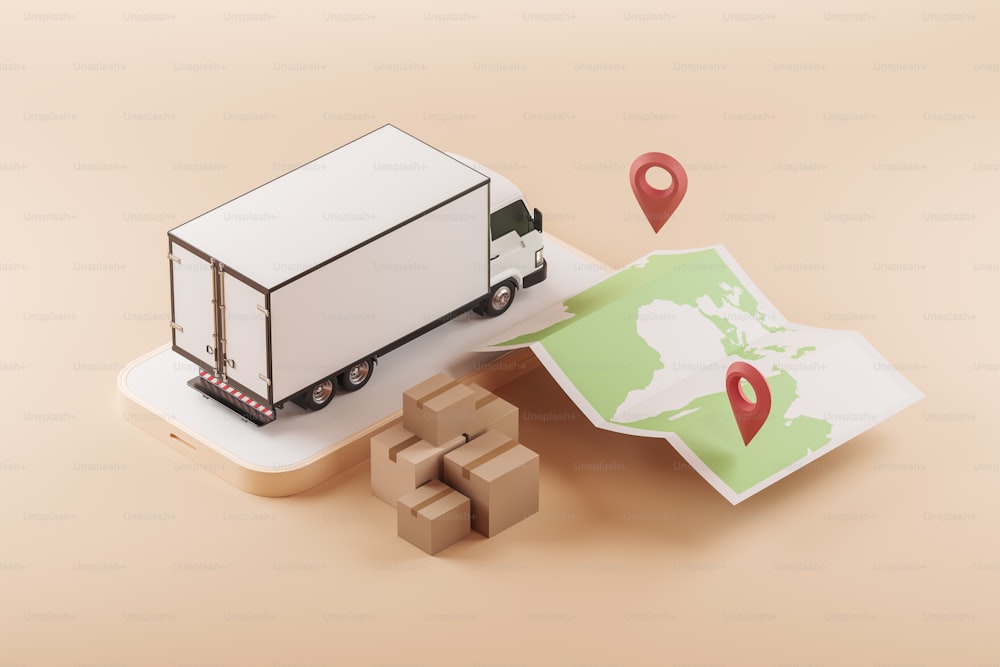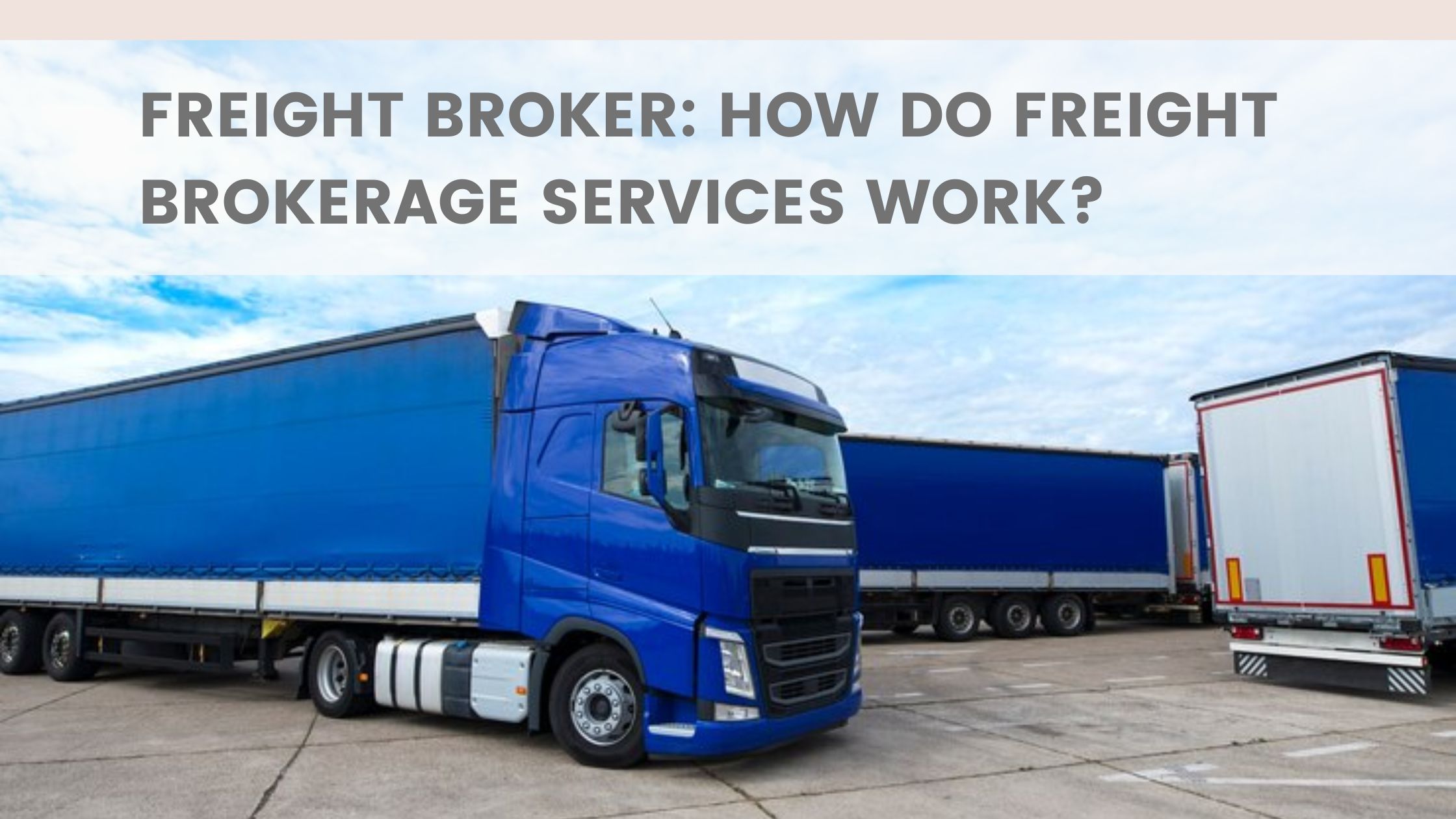Top Insights
- Professional trailer transport services in Bakersfield offer a range of advantages, including safety, efficiency, and convenience.
- These services are equipped to handle diverse cargo, including vehicles, heavy equipment, and even military equipment.
- Bakersfield’s strategic location in California makes it an ideal hub for trailer transport, with easy access to major highways and ports.
- Professional transport companies in Bakersfield provide comprehensive services, including both open and enclosed trailer transport options.
- Using professional trailer transport services ensures that your trailer arrives safely and securely, with experienced drivers and a dedicated customer service team.
- FAQs: What is the difference between open and enclosed transport? How long does trailer transport take? Can I transport a trailer with personal belongings inside?
Comprehensive Overview of Trailer Transport in Bakersfield
When it comes to transporting trailers, whether it’s for personal or business purposes, it’s essential to choose a professional trailer transport service that you can rely on. In Bakersfield, California, there are several advantages to using professional trailer transport services. These services offer a range of benefits, including safety, efficiency, and convenience. By understanding the basics of trailer transport and the types of trailers used, you can make an informed decision when choosing a transport service in Bakersfield. This blog will explore the advantages of using professional trailer transport services in Bakersfield and provide valuable information to help you navigate the process.
Understanding Trailer Transport Services
Trailer transport services in Bakersfield specialize in the movement of various types of trailers, including car carriers, heavy hauling, and construction equipment. These services are part of the broader logistics industry and play a crucial role in the supply chain. Whether you need to transport a single vehicle or a fleet of trailers, professional transport companies in Bakersfield can handle the job efficiently and safely.
The Basics of Trailer Transport
Trailer transport, also known as auto transport or vehicle shipping, involves the transportation of trailers from one location to another. It is an essential component of the supply chain, ensuring that trailers and vehicles reach their intended destinations safely and on time. Professional trailer transport services in Bakersfield have the expertise and resources to handle trailer transport efficiently, taking care of all the necessary logistical details.
Types of Trailers Used in Professional Transport
Professional trailer transport services in Bakersfield utilize various types of trailers depending on the cargo being transported. Some of the common types of trailers used in professional transport include:
- Car carriers: These trailers are specifically designed to transport vehicles, including cars, trucks, and motorcycles.
- Heavy hauling trailers: These trailers are used for transporting heavy and oversized cargo, such as construction equipment and agricultural machinery.
- Construction equipment trailers: These trailers are specially designed to transport construction equipment, such as bulldozers, excavators, and cranes.
By using the appropriate type of trailer, professional transport services can ensure the safe and secure transportation of your cargo.
Why Choose Bakersfield Trucking for Your Trailer Transport Needs
Bakersfield Trucking, located in the heart of California, is an ideal location for trailer transport services. Its strategic location provides easy access to major highways, ports, and distribution centers, making it a hub for logistics and transportation. Whether you need to transport trailers within Bakersfield or across the United States, choosing a professional transport service in Bakersfield ensures that your cargo reaches its destination efficiently and on time.
Strategic Location Advantages
Bakersfield’s strategic location in California offers several advantages for trailer transport. Situated in the central part of the state, Bakersfield provides easy access to major highways, including Interstate 5 and State Route 99. These highways connect Bakersfield to other major cities in California and the rest of the United States, making it an ideal hub for trailer transport services.
Additionally, Bakersfield is in close proximity to major ports, such as the Port of Los Angeles and the Port of Long Beach. This allows for easy transportation of trailers overseas, expanding the reach of trailer transport services provided in Bakersfield.

Expertise in Handling Diverse Cargo
Professional trailer transport services in Bakersfield have the expertise and experience to handle diverse types of cargo. Whether you need to transport vehicles, heavy equipment, or even military equipment, these services are equipped to handle the job efficiently and safely. The drivers and staff undergo extensive training to ensure that they have the necessary skills and knowledge to handle different types of trailers and cargo. This expertise gives you peace of mind knowing that your cargo is in capable hands and will be transported safely to its destination.
Key Benefits of Using Professional Services
Using professional trailer transport services in Bakersfield offers a range of benefits. These services prioritize safety and security, ensuring that your trailer arrives at its destination without any damage or delays. Additionally, professional services provide time and cost efficiency, allowing you to focus on other aspects of your business or personal life. With their comprehensive services and expertise in handling diverse cargo, professional transport services in Bakersfield offer a convenient and reliable solution for all your trailer transport needs.
Safety and Security Measures
One of the key advantages of using professional trailer transport services in Bakersfield is the emphasis on safety and security. These services employ a professional team of drivers and support staff who are trained in handling trailers and ensuring their safe transport. They follow strict safety protocols and take necessary precautions to prevent any damage or accidents during the transportation process. By choosing professional services, you can have peace of mind knowing that your trailer is in capable hands and will be transported safely and securely.
Time and Cost Efficiency
Professional trailer transport services in Bakersfield offer time and cost efficiency. They have the expertise and resources to efficiently plan and coordinate the transportation process, ensuring that your trailer reaches its destination on time. By outsourcing your trailer transport needs to professionals, you can save time and focus on other important aspects of your business or personal life. Additionally, professional services have established relationships with shipping companies, allowing them to negotiate competitive prices and provide cost-effective solutions for your trailer transport needs.
Comprehensive Services Offered
Professional trailer transport services in Bakersfield offer comprehensive services to meet all your trailer transport needs. These services go beyond just transporting trailers from one location to another. They provide end-to-end solutions, including loading and unloading trailers, as well as dock services. By offering a complete range of services, professional transport companies ensure a smooth and hassle-free transportation process. They understand the importance of the supply chain and work closely with their clients to ensure that trailers are delivered in a timely and efficient manner.
Enclosed vs. Open Trailer Transport
Professional trailer transport services in Bakersfield offer both enclosed and open trailer transport options. Each option has its advantages, depending on the type of cargo being transported. Here is a comparison of enclosed and open trailer transport:
|
Enclosed Transport |
Open Transport |
|
Provides full protection from the elements |
Exposes the trailer to the elements |
|
Ideal for transporting high-value or classic vehicles |
Suitable for standard vehicles or non-sensitive cargo |
|
Offers enhanced security and privacy |
Offers cost savings compared to enclosed transport |
|
Limited capacity for larger or oversized cargo |
Can accommodate a larger volume of trailers |
By understanding the differences between enclosed and open transport, you can choose the option that best suits your trailer transport needs.
Specialized Transport Solutions
In addition to standard trailer transport services, professional transport companies in Bakersfield also offer specialized transport solutions. These services cater to specific cargo requirements, such as transporting motorcycles or heavy hauling. Whether you need to transport a motorcycle for a cross-country trip or move heavy equipment for a construction project, specialized transport services can meet your unique needs. These services have the necessary equipment and expertise to handle specialized cargo securely and efficiently, ensuring that your trailer reaches its destination without any issues.
Navigating the Process of Trailer Transport
Understanding the process of trailer transport can help you prepare and ensure a smooth experience. By following a few key steps, you can navigate the process with ease. From preparing your trailer for transport to knowing what to expect on the day of transport, being informed will help you make the most of professional trailer transport services in Bakersfield.
Preparing Your Trailer for Transport
Before transporting your trailer, it’s essential to prepare it properly. Start by cleaning the trailer inside and out, removing any personal belongings or loose items. Secure any loose parts or accessories to prevent damage during transit. If your trailer has electronic components, disconnect the battery to prevent draining. It’s also a good idea to take photographs of your trailer before transport for documentation purposes. Consider covering any exposed areas or windows with a plastic bag to protect them from dirt and debris during transport. By following these preparation steps, you can ensure that your trailer is ready for transport and reduce the risk of any damage during transit.
What to Expect on the Day of Transport
On the day of transport, you can expect a professional team to arrive at the scheduled time to load your trailer onto the transport vehicle. The team will use specialized equipment and techniques to secure your trailer safely for transport. Throughout the process, you can rely on the customer service team to provide regular updates and answer any questions or concerns you may have. Professional transport companies in Bakersfield are dedicated to ensuring a smooth and stress-free experience for their customers. By choosing a reputable company, you can trust in their expertise and dedication to delivering your trailer safely to its destination.
Addressing Common Concerns
When it comes to trailer Shipping Bakersfield CA, transport, there may be common concerns that arise. Understanding how to address these concerns can help alleviate any worries and ensure a positive experience. From ensuring the safety of your trailer to dealing with potential delays, professional transport services in Bakersfield have the knowledge and experience to address these concerns effectively.
How to Ensure Your Trailer Arrives Safely
Ensuring the safety of your trailer during transport is a top priority. Professional trailer transport services in Bakersfield have strict safety measures in place to protect your trailer from damage or accidents. These measures include regular maintenance of transport vehicles and adherence to safety regulations. By choosing a reputable transport company with years of experience, you can have confidence in their ability to transport your trailer safely and securely.

Dealing with Delays and Other Issues
While professional trailer transport services strive to deliver trailers on time, delays can sometimes occur due to unforeseen circumstances. In such cases, it’s essential to communicate with the customer service team of the transport company. They will keep you informed about any delays and work towards resolving the issue promptly. Reputable transport companies, such as Roadies Inc, prioritize customer satisfaction and will go the extra mile to address any issues that may arise during transport.
Conclusion
In conclusion, choosing professional trailer transport services in Bakersfield offers numerous advantages, including strategic location benefits and expertise in handling diverse cargo types. These services prioritize safety, security, and cost efficiency, providing comprehensive solutions tailored to your needs. Whether opting for enclosed or open transport, rest assured that your trailer will be well-prepared and handled with care throughout the process. Addressing common concerns like safe arrival and potential delays ensures a smooth transport experience. For any further inquiries or assistance, feel free to explore our comprehensive services and FAQs for a seamless trailer transport journey.
Frequently Asked Questions
What is the Difference Between Open and Enclosed Transport?
Open transport involves transporting trailers on an open trailer, exposed to the elements, while enclosed transport provides full protection from the elements. The choice between open and enclosed transport depends on the type of cargo and the level of protection required. Bakersfield car transport services offer both options to cater to different needs.
How Long Does Trailer Transport Take?
The duration of trailer transport depends on various factors, including the distance, route, and any potential delays. On average, trailer transport can take anywhere from a few days to a couple of weeks. Reputable transport companies, such as Roadies Inc, strive to optimize time efficiency by efficiently planning routes and logistics to minimize transit time.
Can I Transport a Trailer with Personal Belongings Inside?
It is generally recommended not to transport personal belongings inside a trailer during transport. This is to ensure the safety of the trailer and its contents during transit. Professional transport services focus on transporting trailers and may not be licensed or equipped to handle personal belongings or freight. It is advisable to remove all personal items from the trailer before transport.















